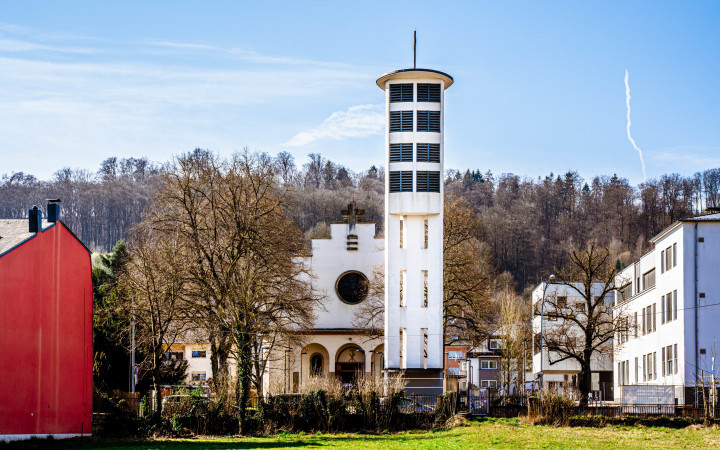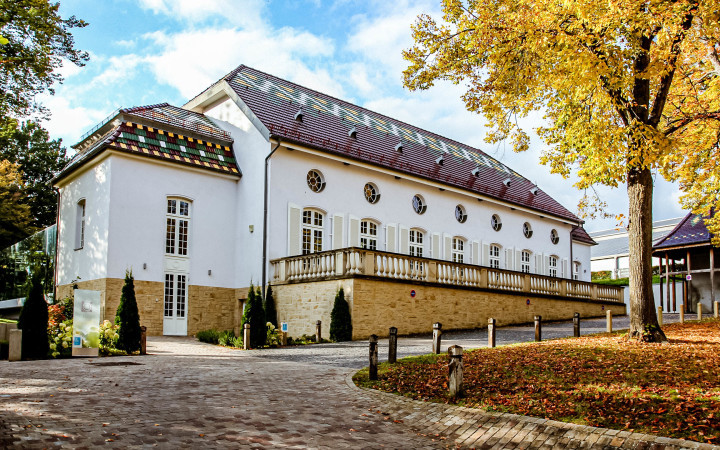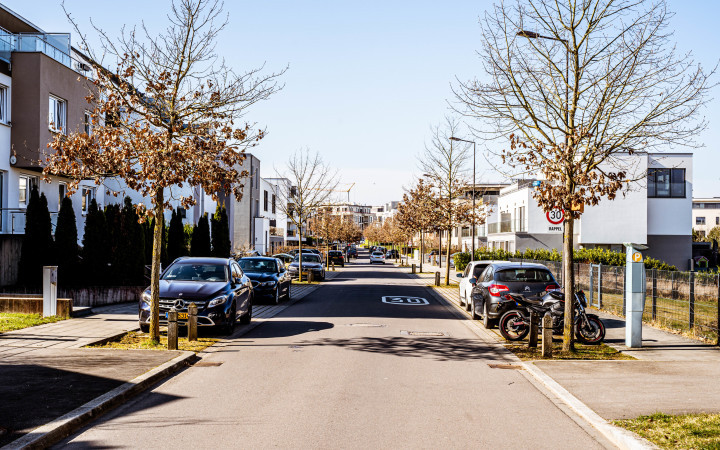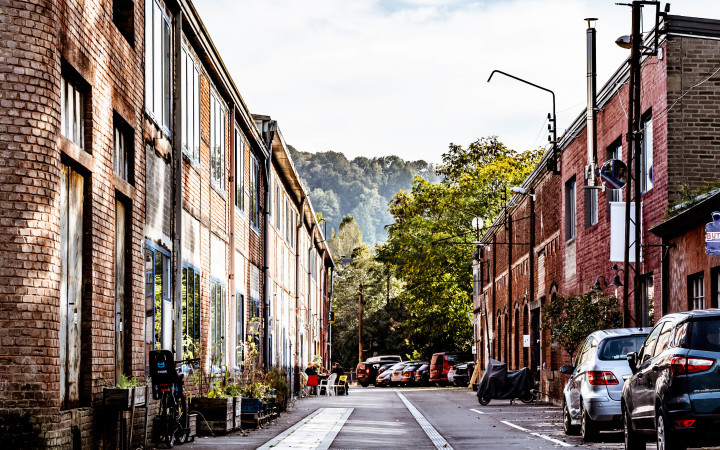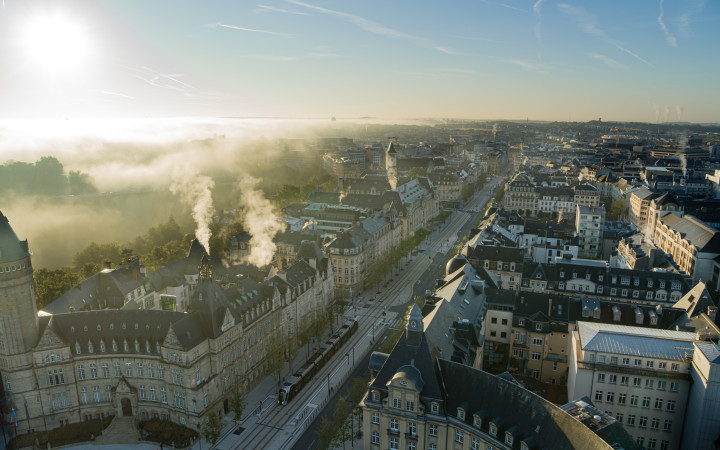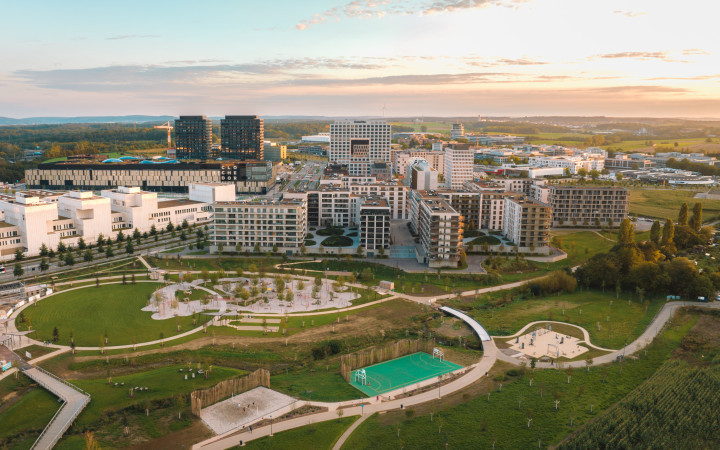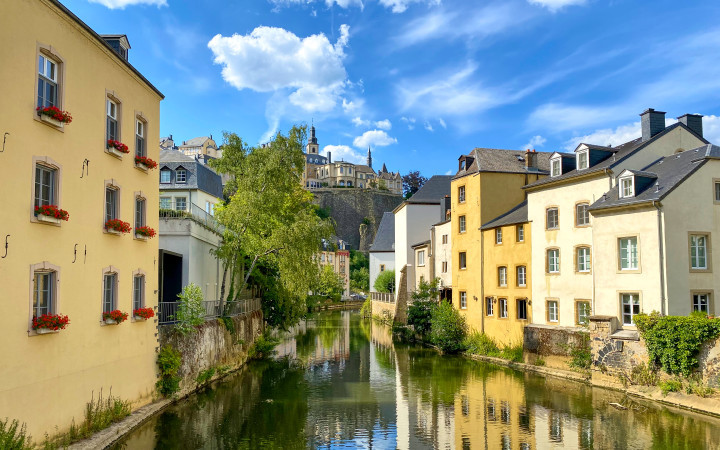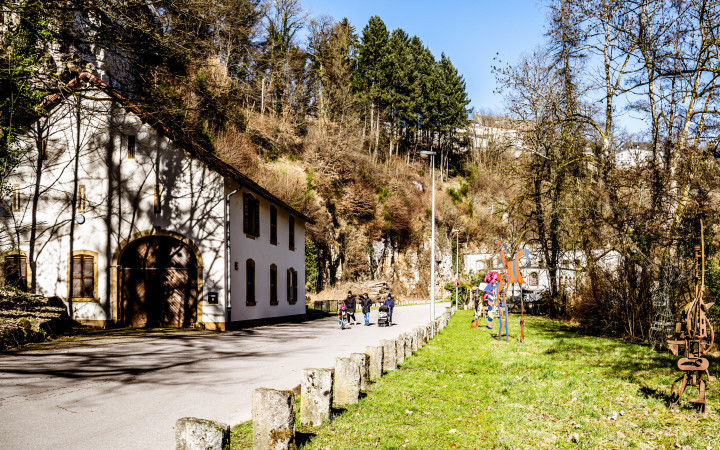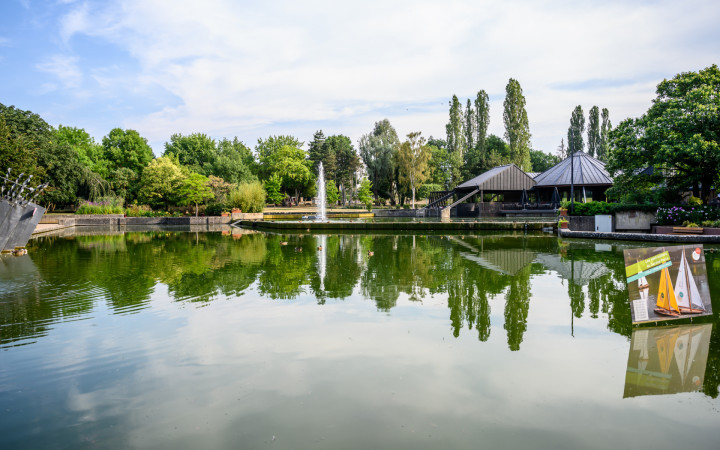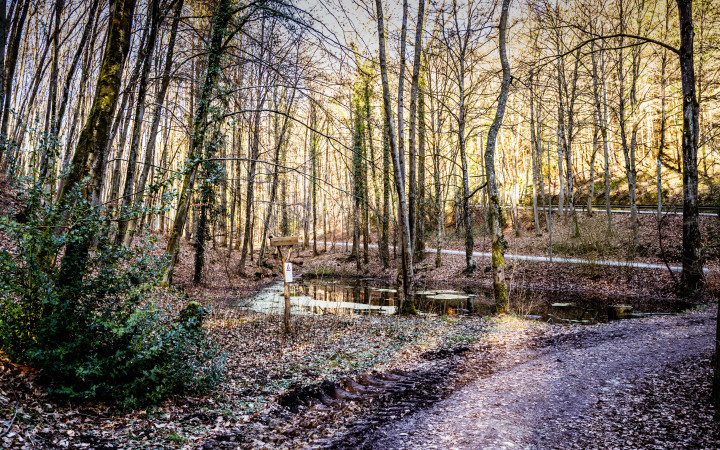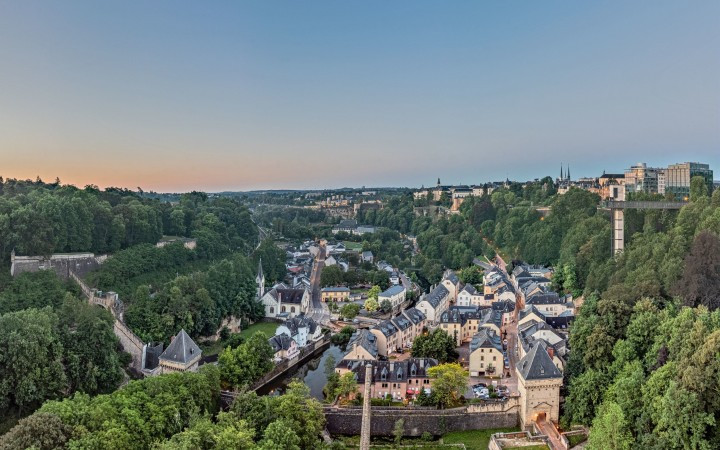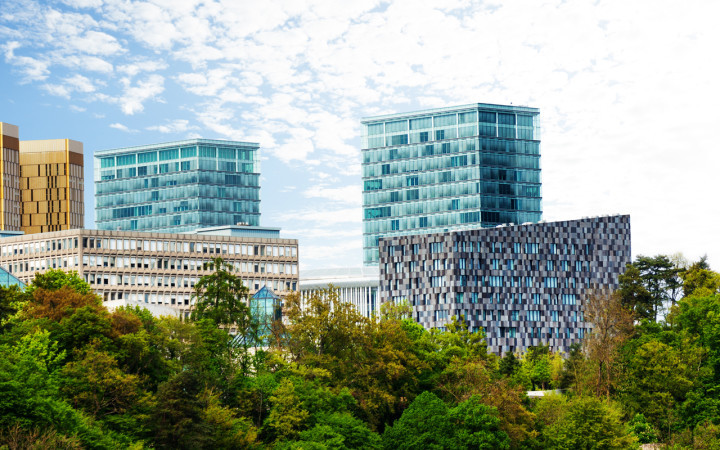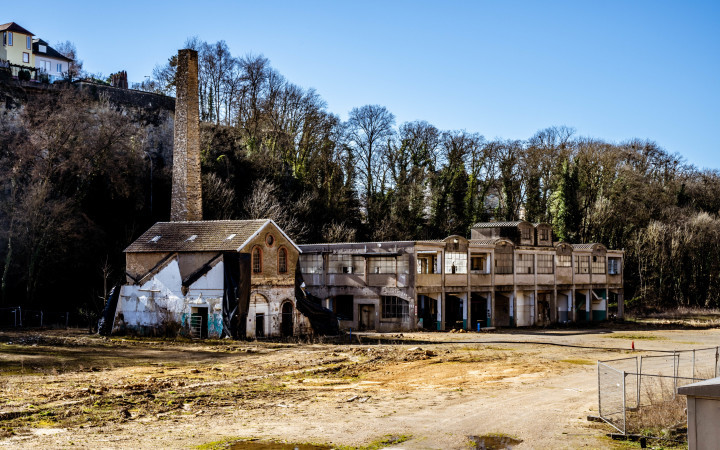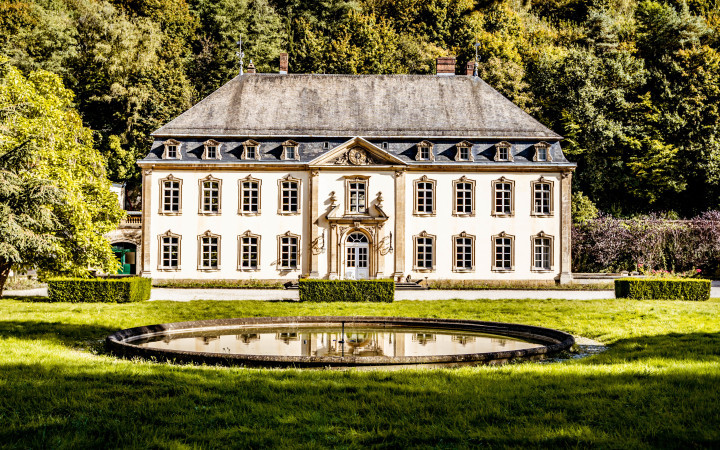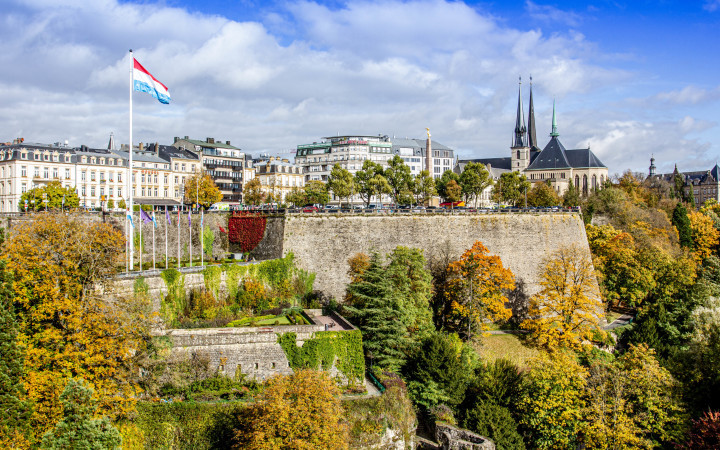
Eich
It’s hard to believe today that Luxembourg City’s second smallest district was once one of the country’s largest municipalities in terms of area.
One of the largest municipalities
Before the municipality was absorbed by Luxembourg City in 1920, Eich was actually twice the size of the capital. In the centuries following the French Revolution, a large municipality sprang up around a farm called “Eich”, from which the municipality takes its name. Up until 1920, the municipality of Eich encompassed the areas covered by today’s districts of Beggen, Weimerskirch, Dommeldingen, Mühlenbach and Neudorf-Weimershof (and Rollingergrund up until 1849). In 1920, these six municipal areas merged with Luxembourg City and became districts of the capital in their own right.
The resulting loss of territory left the new district of Eich with an area of just 63 hectares, and with a population today of just under 3,000, this previously large municipality is now a rather small district.

Birthplace of Luxembourg’s steel industry
In 1845, industrialist and lawyer Auguste Metz commissioned the construction of a blast furnace in Eich, making the municipality the birthplace of Luxembourg’s steel industry, which enjoyed a particularly significant boom in Eich. A third blast furnace was constructed in 1858. Together, Eich’s three blast furnaces produced a total of 16 tonnes of pig iron per day. In addition to pig iron, cast-iron plates and iron bedsteads and stoves were also produced in Eich in the 19th century, and exported throughout Europe.
Another high point for the Eicher Hütte ironworks was the construction of a railway line, which made it easier to export iron products from Dommeldingen station. However, it was this railway station that also sealed the demise of Eich’s blast furnaces: To further facilitate the transportation of goods and materials, Eich’s ironworks were relocated to Dommeldingen. When the foundations were laid in the 1920s for the international steel group ARBED (United Steelworks), the “E” in the new company name stood for the district of Eich, where the early blast furnaces had been located. Today, just a few place and street names in Eich bear witness to its industrial past. The beautiful former town hall of Eich on Rue d’Eich and the stunning Institut Émile Metz, founded in 1913 by Edmée Metz-Tesch and now a private school (Lycée Émile Metz), also date from this period.

A magnificent gingko tree

Place Dargent, known locally as “Eecher Plaz”, is home to a very special sight. Here, directly on the banks of the Alzette, you’ll find some of the most impressive trees in Luxembourg. Many of these distinctive-looking trees stand in neighbouring Laval Park in the Weimerskirch and Pfaffenthal districts, a park that is well worth a visit. But one magnificent gingko tree, boasting a stately trunk circumference of 3.67 metres and standing proud at 24 metres tall, and which was listed as one of Luxembourg’s most remarkable trees in 2002, is still located in the district of Eich.
photo: Claude Meisch
How to get there?
By car:
Find the best parking for your stay with our Luxembourg-city parking guidance system.
By public transport:
To go around the city, check out www.mobiliteit.lu which offers live and practical information on public transport in Luxembourg.
Useful information: all buses, trams and trains within the country of Luxembourg are free of charge for citizens and visitors alike.






